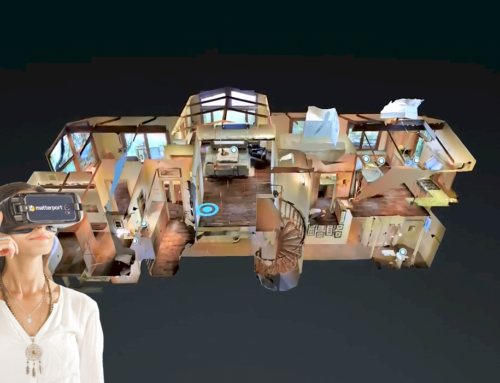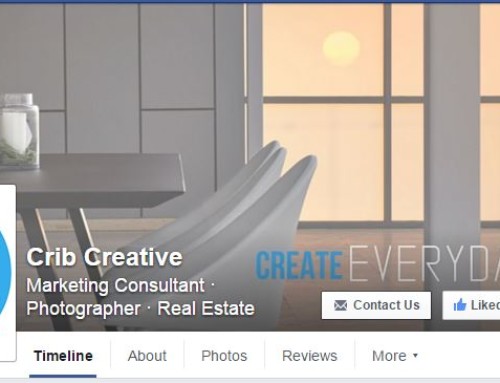Virtual Tours for Architects: Showcasing Projects, Monitoring Progress, and Conceptual Visualization
In the contemporary digital landscape, virtual tours have emerged as a potent tool for professionals in the architecture and interior design realm. These tours offer an interactive and immersive avenue to display portfolios, captivate clients’ interest, monitor project advancement, and deliver unforgettable experiences.
This piece delves into the transformative impact of virtual tours on how architects and interior designers present both finished and ongoing projects to their clientele.
Enhanced Display of Work
Virtual Tours Bolster Confidence
Imagine instantly transporting a potential client into one of your completed projects. Virtual tours actualize this concept, employing high-quality visuals, 3D scanning technology, and an array of interactive features to present portfolios in an immersive manner. Potential clients can meticulously examine every aspect of a finished project, appreciating its intricate details. This immersive experience captures attention and instills confidence in your expertise and creative vision.
Leaving a Memorable Impression
Through interactivity, virtual tours create lasting impressions on clients. Prospective clients can explore the design of completed projects, envisioning their own future spaces. This ability to engage with your work facilitates a connection with clients, fostering trust and paving the way for fruitful collaborations.
Effortless Sharing and Integration
Hosted online akin to a website, virtual tours are easily shareable and accessible across various devices with a browser. They can be seamlessly embedded in sales presentations and landing pages, enriching content with an interactive dimension that holds viewer attention. Moreover, the ease of sharing empowers clients to disseminate your work to stakeholders or colleagues, expediting decision-making processes.
Visualizing Concepts – CGI Virtual Tours
Bringing Design Ideas to Life
CGI virtual tours offer architects and designers a robust platform for visualizing design concepts. Unlike traditional 2D drawings or static renderings, virtual tours provide an interactive experience wherein clients can navigate through different design iterations, gaining a comprehensive understanding of proposed concepts. This dynamic visualization sparks creativity and facilitates productive discussions with clients.
Facilitating Design Choices
Virtual tours empower clients to navigate through various design options seamlessly. This interactive approach encourages their active participation in the decision-making process, ensuring alignment between their preferences and the final design outcome. Virtual tours thus serve as collaborative tools bridging the expertise of architects with the aspirations of clients.
Real-Time Feedback
Virtual tours facilitate real-time feedback and iterations, allowing clients to provide comments and queries on design elements while virtually exploring the space. This instantaneous feedback loop enables efficient adjustments and refinements, saving valuable time and resources during project development.
Progress Tracking – Virtual Tours for Architects
Streamlined Progress Display:
Amidst a project, clients naturally seek assurance that everything is proceeding according to plan. Virtual tours, created at strategic milestones throughout a project, serve as effective tools to keep clients informed. Clients can remotely “walk around” the project at any time, fostering transparency and minimizing disruptions.
Collaboration with Virtual Tours for Architects:
Features like data-tags enable stakeholders to spot and address issues during projects. Team members and contractors can remotely explore projects, adding notes directly to surfaces or structures. This collaborative approach enhances clarity, reducing errors and expediting decision-making processes.
Remote Measurements:
Virtual tours, created through 3D scanning, offer accurate representations of structures. Integrated tools allow team members and contractors to take measurements remotely, facilitating tasks such as pricing estimates and risk assessment without the need for physical site visits.
Enhanced Client Experiences
Beyond Static Presentations:
Virtual tours transcend traditional presentations, offering dynamic and engaging showcases of designs. They provide clients with immersive journeys through their future spaces, fostering emotional connections and instilling confidence in architectural work.
Progress Tracking – A Sustainable Alternative
Virtual tours mitigate geographical and temporal constraints, enabling remote client engagement without extensive travel. This flexibility not only saves time and resources but also reduces environmental impact.
Building Trust and Communication
By offering transparent and immersive experiences, virtual tours enhance communication and trust between architects/designers and clients. This fosters a deeper understanding of designs and ensures alignment between visions, leading to more effective collaborations.
In Conclusion
Virtual tours have revolutionized the presentation of architectural projects and design concepts, offering interactive and immersive experiences that captivate clients and facilitate collaboration. By bridging the gap between imagination and reality, virtual tours enable clients to emotionally connect with designs and actively participate in the design process. Embrace virtual tours to showcase projects and visualize concepts effectively, fostering stronger client relationships and driving project success.








